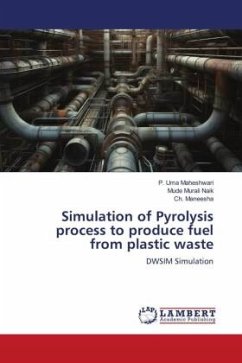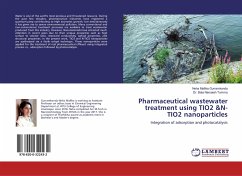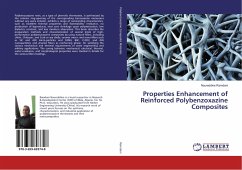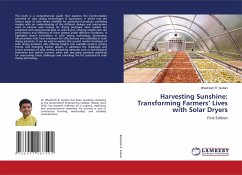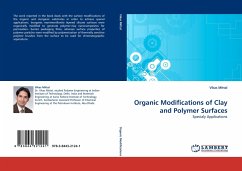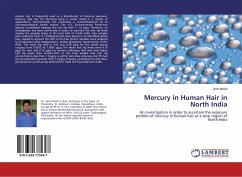
Mercury in Human Hair in North India
An investigation in order to ascertain the exposure profiles of mercury in human hair at a terai region of North India
Versandkostenfrei!
Versandfertig in 6-10 Tagen
19,99 €
inkl. MwSt.

PAYBACK Punkte
10 °P sammeln!
Human hair is frequently used as a bioindicator of mercury exposure. Mercury (Hg) has for centuries been a useful metal in a variety of applications. Unfortunately this usefulness is counterbalanced by its neurotoxicological health impact. The U.S. Environmental Protection Agency recommend keeping the hair Hg level 1.0 µg/g. Therefore, an investigation has been performed in order to ascertain the hair Hg levels among the peoples living at the terai belt of north India. Hair samples were collected from 111 individuals and were placed in an identified plastic bag, stapled to prevent the shift o...
Human hair is frequently used as a bioindicator of mercury exposure. Mercury (Hg) has for centuries been a useful metal in a variety of applications. Unfortunately this usefulness is counterbalanced by its neurotoxicological health impact. The U.S. Environmental Protection Agency recommend keeping the hair Hg level 1.0 µg/g. Therefore, an investigation has been performed in order to ascertain the hair Hg levels among the peoples living at the terai belt of north India. Hair samples were collected from 111 individuals and were placed in an identified plastic bag, stapled to prevent the shift of the hair strand. Samples were analyzed by combustion,gold amalgamation, atomic absorption spectrometry (C-GA-AAS). The mean Hg level in hair was 0.28 µg/g for the whole group ranging from 0.0012 to 1.9091 µg/g. The mean hair Hg levels were 0.16 µg/g for men and 0.12 µg/g for women indicating that men had higher hair Hg levels than women.97% of the total sample had hair Hg concentrations less than 1.0 µg/g i.e within safe dose whereas only 3% had Hg concentrations greater than 1.0 µg/g, thereby, exceeding the safe dose. Hg should be continuously observed for head hair Hg levels and health.




